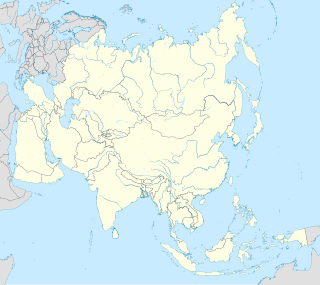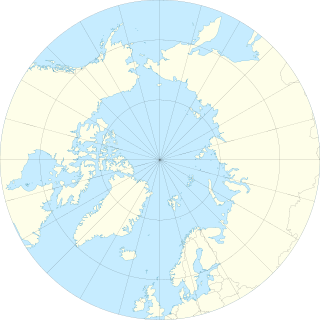 W
WHaughton impact crater is located on Devon Island, Nunavut in far northern Canada. It is about 23 km (14 mi) in diameter and formed about 39 million years ago during the late Eocene. The impacting object is estimated to have been approximately 2 km (1.2 mi) in diameter. Devon Island itself is composed of Paleozoic shale and siltstone overlying gneissic bedrock. When the crater formed, the shale and siltstone were peeled back to expose the basement; material from as deep as 1,700 m (5,600 ft) has been identified.
 W
WKara is a meteor crater in the Yugorsky Peninsula, Nenetsia, Russia.
 W
WLake El'gygytgyn is an impact crater lake located in the Chukotka Autonomous Okrug in northeast Siberia, about 150 km (93 mi) southeast of Chaunskaya Bay.
 W
WLogancha is a meteorite crater in Siberia, Russia. It is 20 km (12 mi) in diameter and the age is estimated to be 40 ± 20 million years old. The crater is not exposed at the surface.
 W
WMacha is a field of five meteorite craters in the Sakha Republic in Siberia, Russia, ranging from 60 to 300 m in diameter.
 W
WMjølnir is a meteorite crater on the floor of Barents Sea off the coast of Norway. It is 40 km (25 mi) in diameter and the age is estimated to be 142.0 ± 2.6 million years. The bolide was an estimated 2 km (1.2 mi) wide.
 W
WThe Popigai crater in Siberia, Russia, is tied with the Manicouagan Crater as the fourth largest verified impact crater on Earth. A large bolide impact created the 100-kilometre (62 mi) diameter crater approximately 35 million years ago during the late Eocene epoch. It might be linked to the Eocene–Oligocene extinction event.
 W
WLake Yanisyarvi is a lake in the Republic of Karelia, Russia, located north of and draining to Lake Ladoga.